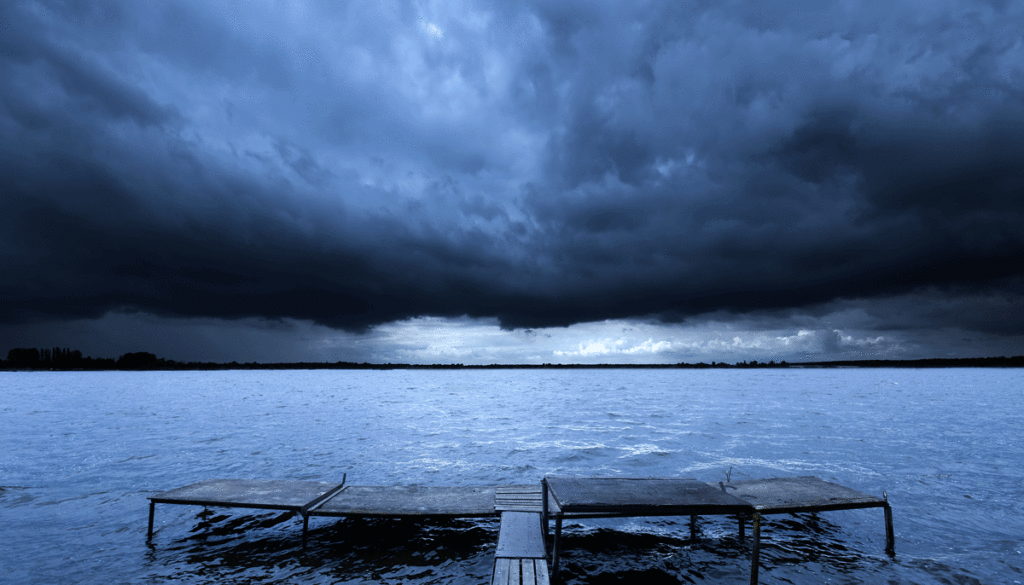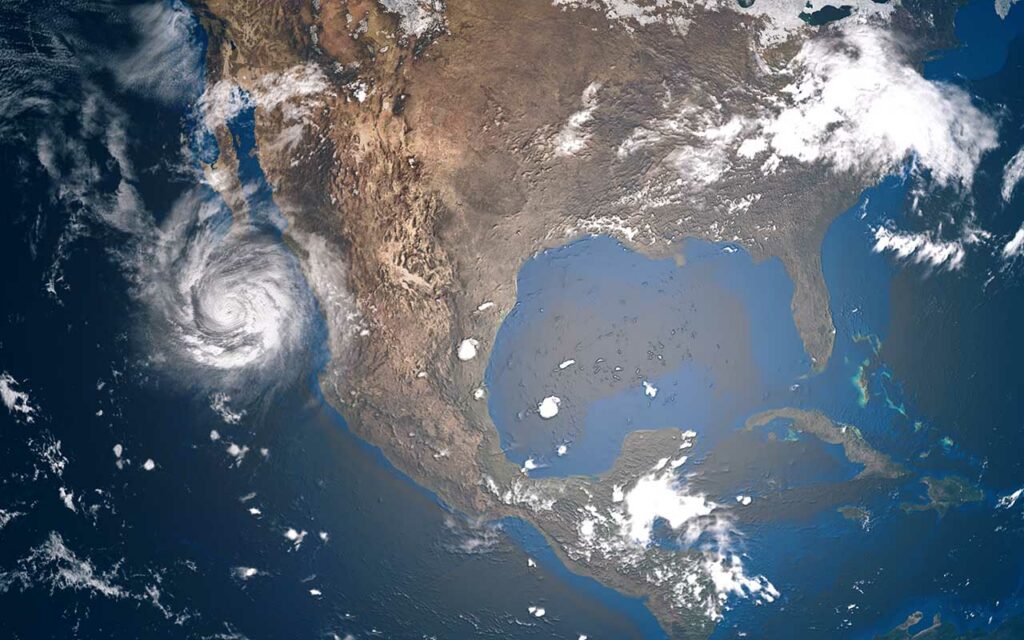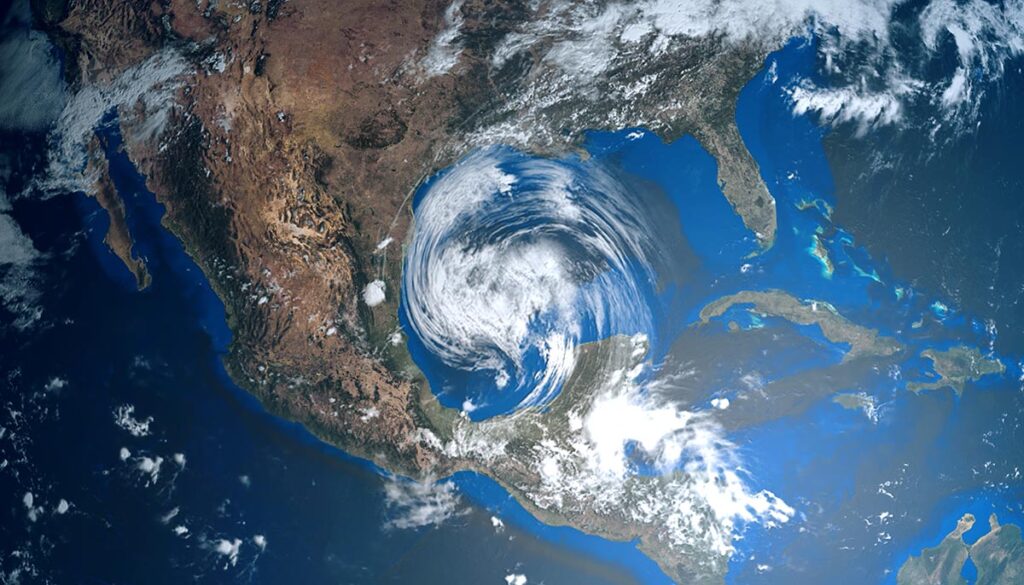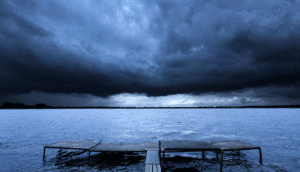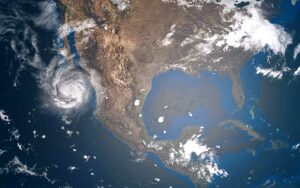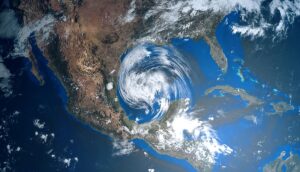In 1899, an unusually intense hurricane raged through the Atlantic and impacted a region ranging from the Lesser Antilles to the Outer Banks of North Carolina. The cyclone reached Puerto Rico on the feast day dedicated to Saint Cyriacus. As such, locals gave it the nickname San Ciriaco. It became the longest-lived Atlantic hurricane in history and spent almost a century as the longest-lived tropical storm ever. It was only dethroned in 1994 by the Pacific Hurricane John.
Storm Formation
A tropical depression formed 500 miles southwest of Cape Verde on August 3, 1899. A British steamship called the Grangense observed the storm that same day roughly 1,800 miles east of Guadalupe. The captain of the Grangense recorded that he’d never seen an Atlantic hurricane that far east.
Lesser Antilles
The storm carried west and became a Category 3 pattern thanks to warm ocean water and favorable winds. San Ciriaco became a Category 4 storm by midday on August 7 as it approached the Lesser Antilles. A weather station in Montserrat recorded the cyclone’s sustained wind speeds at 150 miles per hour on August 7.
The strong winds destroyed nearly every building in Montserrat. Contemporary reports indicate that over 100 people died in the Lesser Antilles due to the cyclone.
Puerto Rico
On August 8, the storm made landfall in Guayama, Puerto Rico, while boasting sustained wind speeds exceeding 140 miles per hour. Over 250,000 people were displaced as the storm’s winds destroyed buildings. Storm surge waters swept away coastal homes, while the torrential rainfall caused rivers to flood. Estimates put the death toll in Puerto Rico between 3,100 and 3,300 people.
Puerto Ricans remember San Ciriaco as the worst hurricane to ever strike the island, in terms of both lives lost and damage. Authorities estimated that the storm caused $35.8 million of damage to the island. Most of the financial impact was from flooded crops ruining the harvest season.
The Dominican Republic and the Bahamas
On August 9, the storm brushed the Dominican Republic. There, record-breaking rainfall caused several rivers to flood, washing away bridges and homes. Five days later, San Ciriaco made landfall in Grand Bahama. Over 300 deaths were reported on the island as the cyclone sank merchant ships and destroyed homes.
North Carolina
The storm managed to keep its intensity for another five days and made landfall in Hatteras, North Carolina, on August 18. The Weather Bureau reported that a storm surge that ranged from four to ten feet above sea level subsumed the entire island of Hatteras for a few minutes.
Thanks to advanced warnings from authorities, there were far fewer fatalities in North Carolina than in the Caribbean. Only 20 people in the US lost their lives as a result of San Ciriaco.
Eventual Dissipation
San Ciriaco continued north and eventually headed east over the Atlantic after making landfall in North Carolina. After four weeks as a tropical storm, San Ciriaco finally dissipated on September 4 while off the southwest coast of Ireland. With 28 days on record as a tropical storm, San Ciriaco is the longest-lived Atlantic hurricane in history.

